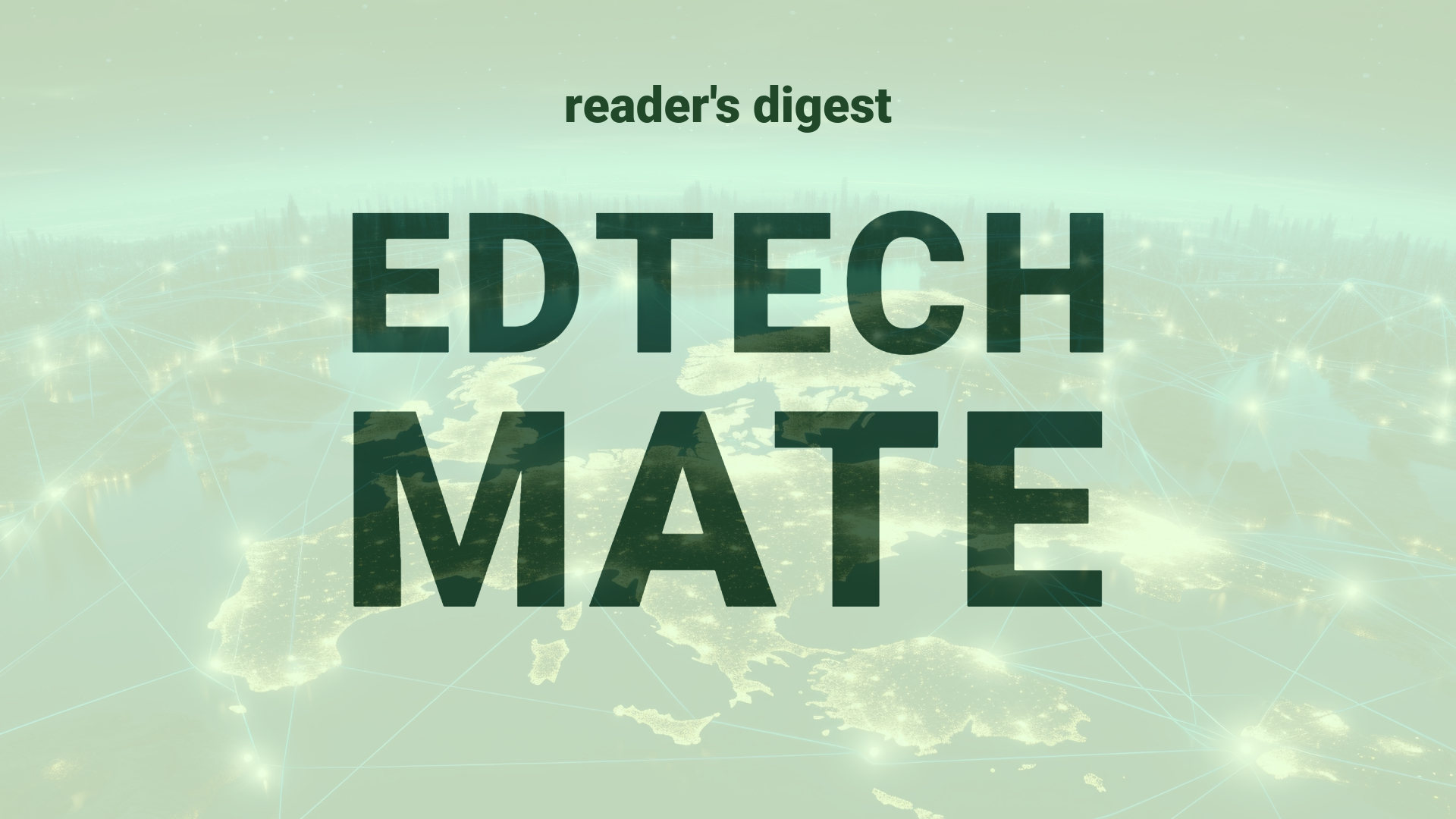Executive Summary and Main Points
The recent dialogue in the education technology sphere draws parallels between the challenges of startup scaling and the evolving nature of higher education. Innovators analogous to eVTOL entrepreneurs in the higher education sector face challenges in scaling quality and maintaining differentiation amidst growing competition. Critical to this transition is embracing leadership development “at pace, on purpose” to safeguard the entrepreneurial ethos while scaling operations. It underscores the importance of sustaining leadership capabilities and investing in their ongoing development to maintain a competitive edge. Furthermore, the intersectionality of strategic partnerships, digital transformation, and leadership readiness presents a crucial focal point for a sector in flux.
Potential Impact in the Education Sector
As institutions navigate from ‘start-ups’ to ‘scale-ups’ in the education landscape, strong, evolved leadership is paramount. In Further and Higher Education, this translates into establishing robust infrastructures that can accommodate the increasing demands of global education. For Micro-credentials, it involves nurturing strategic partnerships and leveraging digitalization to sustain the innovative and differentiated offerings that meet the ever-changing marketplace. Leadership investment must be both systematic and emblematic of an institution’s ethos, promoting scalability without losing their educational integrity and distinctiveness.
Potential Applicability in the Education Sector
Innovations, particularly AI and digital tools, offer a spectrum of applications to the global education system. These technologies can facilitate personalized, on-demand learning experiences, upskill educators at scale and enhance the international students’ virtual mobility. AI-driven analytics can optimize institutional operations, foster leadership development at all levels, and orchestrate strategic decision-making aligned with data-driven insights into global higher education dynamics.
Criticism and Potential Shortfalls
The leap to embrace technology and leadership growth carries potential risks. Without careful consideration of ethical constraints and cultural sensitivities, such initiatives may fall short of their transformative potential. Comparative international case studies reactively underline the discrepancies and tailored approaches required among diverse education systems. Moreover, the over-reliance on technology envisages challenges, such as diminished interpersonal educator-student interactions and homogenized learning experiences which may not serve all learners equitably.
Actionable Recommendations
For higher education leaders looking to harness these technologies, pragmatic measures include constructing a digital roadmap cognizant of the institution’s unique culture and strategic goals. This should entail holistic leadership training programs, fostering partnerships with educational technology firms, and investing in AI-enhanced platforms for administrative and academic functions. Pursuing international collaborations for cross-cultural leadership developments can also create more resilient and adaptable education institutions able to thrive in the dynamic global landscape.
Source article: https://www.mckinsey.com/capabilities/people-and-organizational-performance/our-insights/ready-set-scale-shaping-leaders-for-hypergrowth

